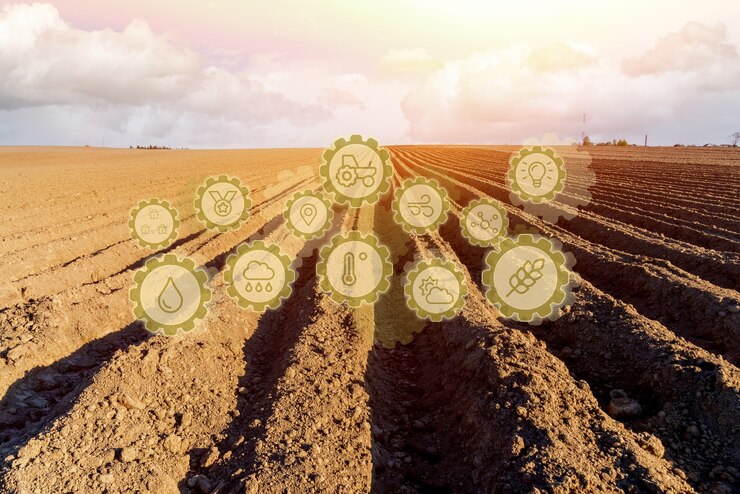Value-added processing plays a crucial role in enhancing farm profitability by transforming raw agricultural commodities into higher-value products. It involves various activities such as sorting, grading, cleaning, packaging, processing, and marketing that add value to the original product. Here are some key ways in which value-added processing contributes to farm profitability:
- Increased product differentiation: Value-added processing allows farmers to differentiate their products from raw commodities available in the market. By adding value through processing and packaging, farmers can create unique and specialized products that cater to specific consumer demands. This differentiation helps farmers command higher prices and reduce price competition, thereby improving profitability.
- Expanded market opportunities: Value-added processing enables farmers to access new and diverse markets. Processed products often have a longer shelf life, are more convenient for consumers, and can be marketed to different customer segments such as restaurants, retailers, and foodservice providers. By tapping into these markets, farmers can increase their customer base and sales volume, leading to higher profitability.
- Increased price stability: Agricultural commodities are subject to price fluctuations due to factors like weather conditions, market supply and demand, and global trade dynamics. Value-added processing reduces farmers’ exposure to these price fluctuations by converting raw commodities into processed products with relatively stable prices. Processed products often have a higher value per unit and can fetch more consistent prices, providing farmers with more predictable and stable revenue streams.
- Value capture along the supply chain: By engaging in value-added processing, farmers can capture a larger share of the overall value created in the supply chain. When raw commodities are sold in bulk, the majority of the value is often captured by intermediaries such as processors, distributors, and retailers. However, by processing their own products, farmers can capture a larger portion of the value and increase their profitability.
- Utilization of surplus or lower-grade produce: Value-added processing offers an opportunity to utilize surplus or lower-grade produce that may not meet the market’s quality standards for raw commodities. By processing these products into value-added goods like jams, sauces, frozen foods, or dried snacks, farmers can generate income from produce that would otherwise go to waste or be sold at significantly lower prices.
- Branding and marketing advantages: Value-added processing allows farmers to establish their own brands and develop direct relationships with customers. By branding their products and marketing them with compelling narratives, farmers can differentiate themselves in the marketplace, build customer loyalty, and command premium prices. This direct connection with consumers also enables farmers to receive feedback, adapt to changing preferences, and develop new product lines, further enhancing profitability.
Overall, value-added processing offers farmers the opportunity to increase profitability by creating higher-value products, accessing new markets, reducing price volatility, capturing a larger share of the value chain, and utilizing surplus or lower-grade produce. It empowers farmers to move beyond commodity production and leverage their resources, skills, and creativity to generate greater returns from their agricultural enterprises.
Join 'Farmers Mag' WhatsApp Channel
Get the latest Farming news and tips delivered straight to your WhatsApp
CLICK HERE TO JOIN






